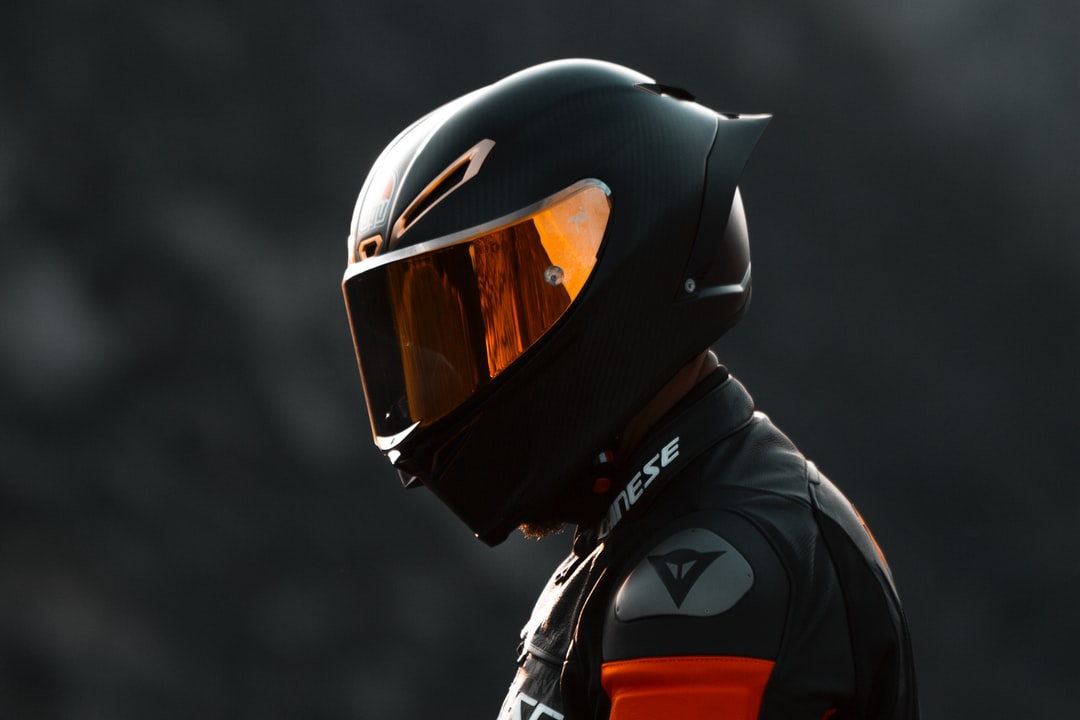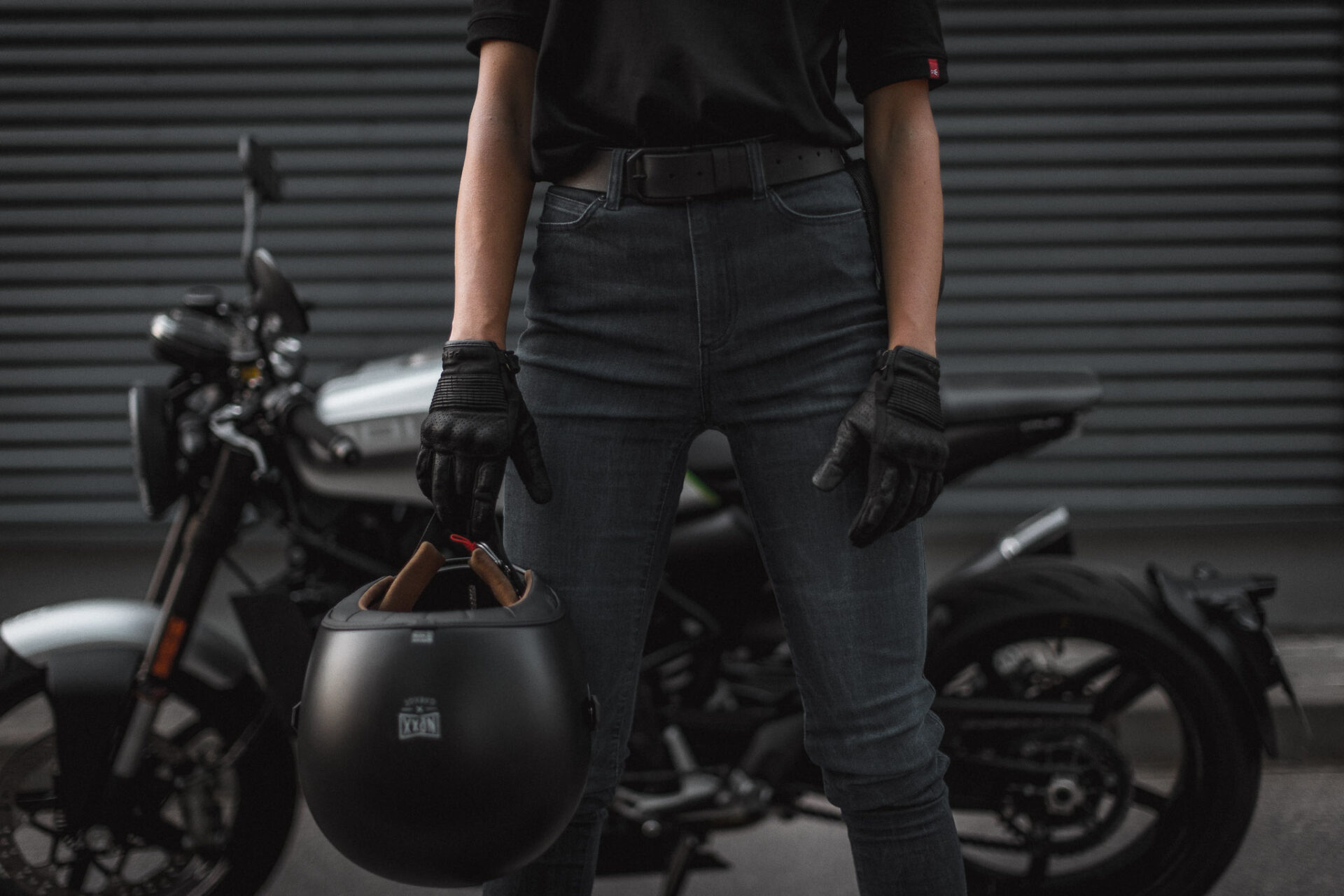The Ultimate Guide To Motorcycle Boots
The Ultimate Guide To Motorcycle Boots
Blog Article
Not known Details About Motorcycle Boots
Table of ContentsMotorcycle Boots Things To Know Before You BuyLittle Known Facts About Motorcycle Boots.Motorcycle Boots - An OverviewThe Basic Principles Of Motorcycle Boots Motorcycle Boots Can Be Fun For EveryoneThe Motorcycle Boots Diaries
Bike components and systems for a bike are crafted, produced, and constructed in order to produce motorbike designs with the desired efficiency, looks, and cost. The essential components of modern-day motorcycles exist below. The chassis of a motorbike includes the framework and suspension, along with the front forks, of the lorry.Carbon fiber, titanium, and magnesium are used in a couple of really expensive custom-made structures. The frame consists of the head tube that holds the front fork - motorcycle boots and permits it to pivot. Some motorcycles consist of the engine as a load-bearing stressed out member; this has been used throughout motorcycle history but is currently ending up being more usual.
It was extensively undesirable and usually considered as a negative concept at the time. Today it is an utilized on some "thumpers" (single-cylinder four-strokes) that normally have dry-sump lubrication needing an exterior oil container. It has considering that gained some cachet in the modern-day custom bike globe as well due to the space financial savings it can afford and the referral to an earlier age.
Though any tank for gas may be so called, the term is typically related to part of an engine system in which the gas is stored and driven (gas pump) or released (pressurized gas) right into an engine. A bike fork is the part of a bike that holds the front wheel and enables one to steer.
The Ultimate Guide To Motorcycle Boots
The mix of rake and trail determines just how secure the motorcycle is. motorcycle boots. The 'fork' on a bike is composed of numerous parts. The three-way trees (additionally called yokes) hold the fork tubes (which contain the fork springs), and are fastened to the neck of the frame by the steering stem.

Motorcycles have mainly, yet not specifically, been produced with one to four cyndrical tubes, and designers have tried virtually every possible design. The most usual engine setups today are the solitary and twin, the V-twin, the opposed double (or fighter), and the in-line triple and in-line 4. A variety of others layouts have gotten to automation, including the V-4, the level 6-cylinder, the level 4-cylinder, the in-line 6-cylinder, and the Wankel engine.
All About Motorcycle Boots
Chain-drive uses gears and a roller chain, which needs both lubrication and adjustment for elongation (stretch) that takes place through wear. The lubricant undergoes being tossed off the fast-moving chain and causes grime and dust build-up. Chains do weaken, and excessive endure the front and rear sprockets can be dangerous.
Standard roller chain-drives suffer the potential for resonance, as the reliable span of activity in a chain and sprocket mix frequently alters throughout the change ("chordal action"). If a drive sprocket turns at constant RPM, after click for more that the chain (and the driven gear) has to accelerate and decelerate frequently. The majority of chain-driven bikes are fitted with a rubber bushed back wheel center to eliminate this resonance problem.
These chain oilers differ in class, but all add substantially to the life of the chain. The custom-made of lubing by immersing the chain in a tin of warm oil stopped in the very early 1970s, as soon as most chains had rubber "O'-rings. The original Suzuki RE5 of 1975 came with a rear chain oiler, but the 1976 design had a sealed chain, and its oiler was deleted as "unnecessary".
Rumored Buzz on Motorcycle Boots
They are not as durable when subjected to high horsepower as a chain. You can not change the length and adjustment final drive proportions as conveniently as chains. And call for larger pulleys compared to chain gears to obtain an effective final drive ratio.
A shaft-drive is normally completely enclosed; the aesthetic sign is a tube prolonging from the back of the transmission to a bell real estate on the back wheel. Inside the bell housing a bevel equipment on the shaft mates with another on the wheel mount. This arrangement is remarkable in terms of sound and sanitation and is essentially maintenance-free, with the exception of occasional liquid changes.
The added equipment sets are a resource of power loss and included weight. A shaft-equipped motorbike might also be i was reading this vulnerable to shaft effect. Essentially all high-performance racing motorbikes utilize chain-drive due to the fact that they are one of the most mechanically effective sending power to the back wheel. A wire wheel and pneumatic bike tire on a Ural The wheel edges are generally steel or light weight aluminum (typically with steel spokes and an aluminum center) or mag-type cast or machined light weight aluminum.

The smart Trick of Motorcycle Boots That Nobody is Talking About
The most crucial characteristic of any kind of tire is the contact spot, the tiny area that touches with the road surface area while riding. There are tires created for motorcycle, touring, sporting activity and cruiser bikes. Motorcycle tires have knobbly, deep footsteps for optimum hold on loosened dirt, mud, or gravel; such tires have a tendency to be much less stable and noisier on smooth surfaces.
Visiting tires are usually made from a tougher rubber substance for greater longevity, these may last longer however have a tendency to supply much less outright he said grasp contrasted to sporting activities tires at optimal operating temperature levels. Exploring tires generally provide more grip at reduced temperature levels and can be more suited to riding in cool or winter months problems where a sporting activity tire might never reach its optimal operating temperature.
These have a tendency to have stronger sidewalls as they are typically fitted to much heavier makers. Motorsport or competing tires use the greatest of levels of hold. Because of the heats at which these tires normally operate, use outside an auto racing atmosphere is dangerous, generally these tires do not reach their optimum temperature which provides much less than optimum hold.
Motorcycle Boots Things To Know Before You Buy

This can cause brake dive. Brakes can either be drum or disc based, with disc brakes being more common on huge, modern-day or extra pricey motorbikes for their much premium stopping power, specifically in damp problems. There are lots of brake-performance-enhancing aftermarket components offered for many motorbikes, consisting of brake pads of varying compounds and steel-braided brake lines.
Report this page